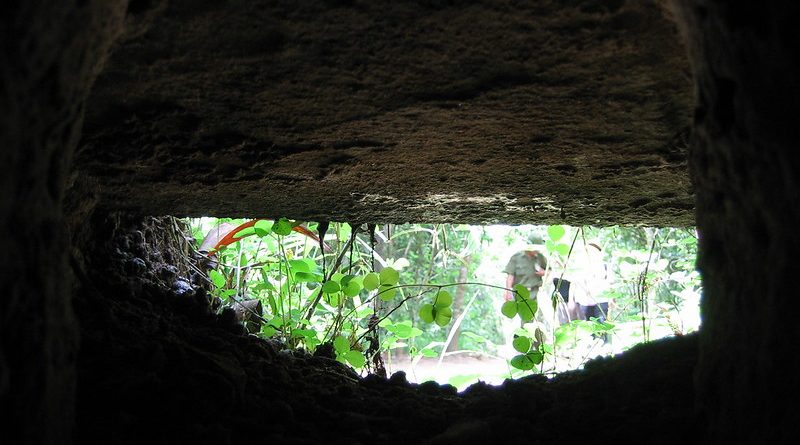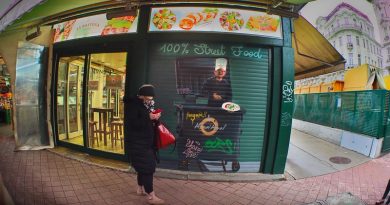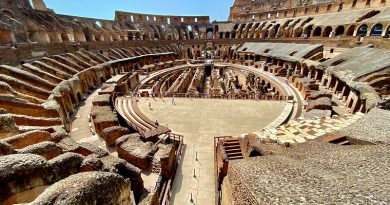Cu Chi – Tunnels and Underground Warfare
History Facts
When: 1940’s – 60’s
Where: Vietnam
Built by: Persecuted people of North Vietnam and Viet Cong
Why Visit: See the resilience and ingenuity in the face of persecution, and how modern man adapts to 20th century horrors
45 miles north west of Ho-Chi-Minh is the town of Cu Chi, one of the most famous battlegrounds of the Vietnam war. It is here between the early 1940’s and mid 60’s that the North Vietnamese and the Viet Cong built the main sections of tunnels that became a vital catalyst in their victory over the Americans and South Vietnamese. It is also claimed to be the most bombed and devastated area in the history of warfare after the Americans used all their firepower to destroy them.
Despite becoming a heavy and sometimes comical tourist destination, full of westerners looking for their own “Nam” experience, these tunnels really are fascinating to visit. At their height during the war they stretched from Ho-Chi-Minh right to the border with Cambodia in the west. At Cu Chi alone there were 250 km of tunnels.
These places as better described as underground towns rather than just tunnels. The network reached several stories deep and housed up to 10,000 people who rarely saw daylight for years, coming out only at night to tend to their crops. The tunnels included first aid posts, storage rooms for weapons and food, kitchens, dorms and even classrooms and small theatres. Countless couples were married and had children underground. What makes the tunnels even more amazing is that they were dug with hand tools and yet had primitive technologies like underwater trap doors and vents to disperse cooking smoke.
After building a base camp unwittingly right on top of these tunnels, the Americans became aware of them and tried to figure out how they could be destroyed. Special volunteer soldiers selected for their bravery were used as “tunnel rats”, armed with only a knife and a pistol for hand to hand combat. Because of the tunnels’ formidable defences the American casualties were too high and so the bombing started.
The Vietnamese showed incredible resilience to survive in these cramped and humid conditions, especially as they continued to suffer horrific casualties. Less than half of the 16,000 people who fought in the tunnels survived and thousands of their relatives were killed in the area.
Visiting Cu Chi
Today two sections of the tunnels are open to the public. The Ben Binh tunnels remain unlit and unreconstructed, making it difficult for larger westerners to negotiate. The Ben Duoc tunnels, however, are renovated and it is here that you can see bunkers, hospitals, kitchens, and trap doors plus the actual command room where the Tet Offensive was planned.
More Information
Visit the Vietcong’s World: Americans Welcome
A report about the tunnels by a New York Times reporter.
THE CU CHI TUNNELS OF VIETNAM
Adventure travel writers website about their visit to the tunnels and their opinions on the tour.
By Jonny Wiles




